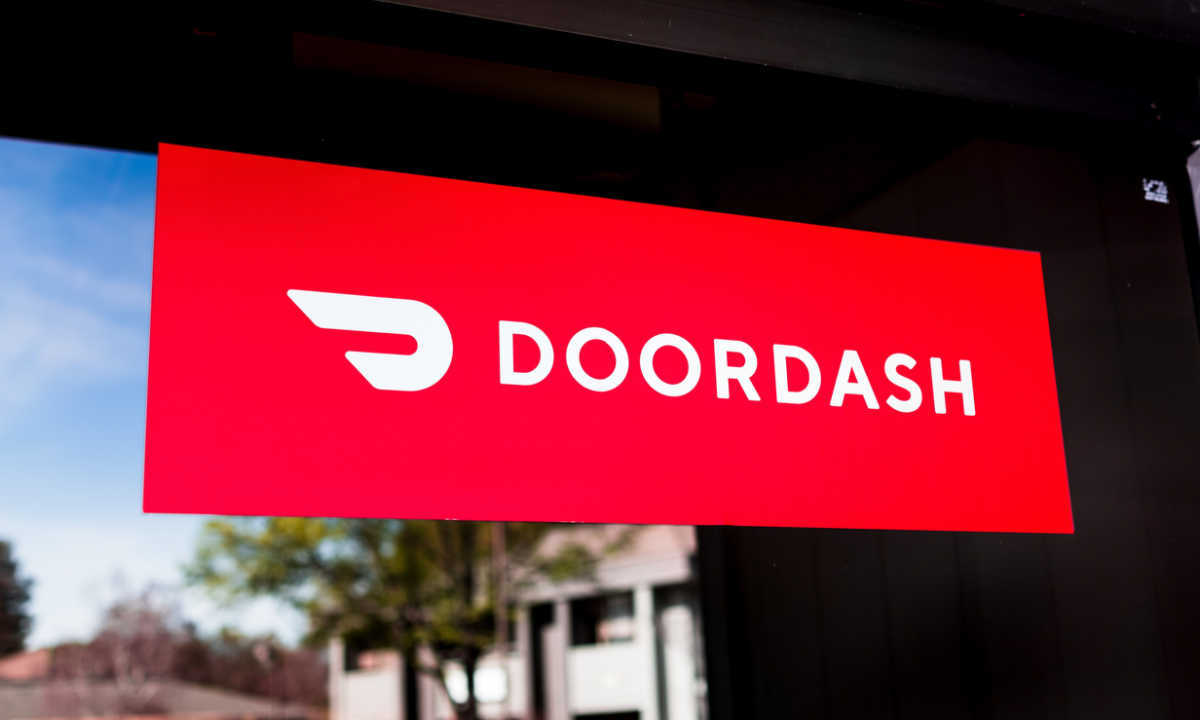DoorDash Ceases NYC 15-Minute Delivery Test as Ultrafast Bubble Pops

As businesses look to balance consumers’ on-demand expectations with the high cost of fulfillment, ultrafast delivery has been faltering, and DoorDash has become the latest to pull back its efforts in the space.
In news first reported by Business Insider and confirmed to PYMNTS, the United States’ leading aggregator shut down its test of 15-minute DashMart delivery in New York’s Chelsea neighborhood earlier this year, bringing an end to an experiment that kicked off in late 2021. The company continues to offer its typical on-demand delivery from the dark store, which takes “typically under 30 minutes,” according to a company spokesperson.
Ultrafast delivery, which seemed so promising to many in 2021, when it appeared to some that there was no limit to consumers’ shift to on-demand fulfillment prompted by the pandemic, has not fared well in recent years. The year 2022 saw layoffs, exits from certain markets, and shutdowns of many players that were rapidly expanding the year prior, and those challenges have continued through this year.
In March, there was the shutdown of Ultrafast grocery delivery firm Food Rocket, which was backed by convenience retail giant Couche-Tard. The following month, it was reported that Sydney, Australia-based 10-minute grocery delivery service MilkRun was closing up shop, and that DoorDash’s DashMart dark store rapid delivery arm was shutting down in the country about four months after its arrival. Shortly thereafter, reports circulated that quick-commerce firm Getir’s funding was being slashed (reports that were contested by the company), and more recent reports have shown the company pulling out of Spain and France.
In the United States, at least, PYMNTS research reveals that consumers overall are more interested in eCommerce fulfillment channels that balance convenience and value than in springing for high-labor-cost channels such as on-demand delivery.
In fact, research from PYMNTS’ study “12 Months of the ConnectedEconomy™: 33,000 Consumers on Digital’s Role in Their Everyday Lives,” which drew from responses from tens of thousands of U.S. consumers over the course of last year, revealed that, in November, 41% of consumers reported purchasing groceries online for curbside pickup in the previous month. In contrast, a significantly lower 34% ordered groceries online from an on-demand delivery aggregator such as Instacart or from grocers’ own same-day delivery channels.
One notable exception to the overall trend of ultrafast delivery services shutting down or shrinking their operations is Deliveroo’s Hop quick-commerce arm, which promises items “in minutes.” The company announced an expansion in late March.
“We continue to roll out with HOP, … our Deliveroo-operated dark store model,” CEO Will Shu told analysts on an earnings call in March, “and during 2022, we saw the pressures in this industry. We saw a lot of the pure-play quick commerce guys have some difficulties as funding has dried up. We’ve seen players merging, and for us, we’ve always believed in HOP. We believe that it … belongs on a platform with a wider network, so with preexisting consumers, with a lot of merchants and lower cost deliveries.”
Yet this theory — that other players only struggled because they did not have a wider network with an existing customer base — begins to look less convincing in light of the recent DoorDash news.
